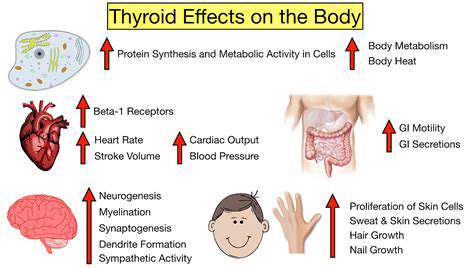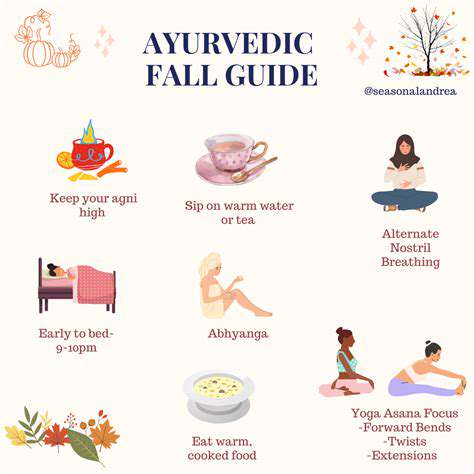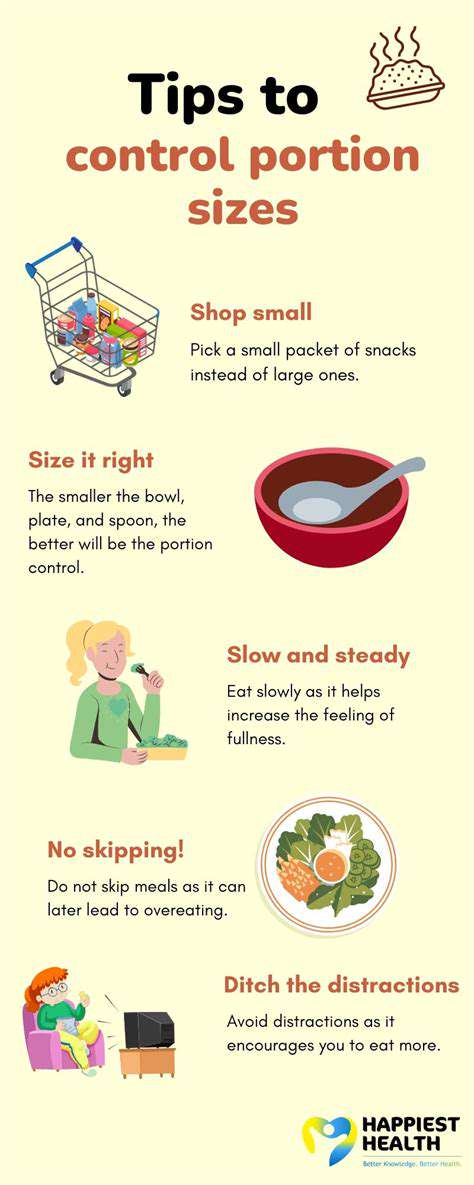The Interplay of Organs in TCM: A Holistic View
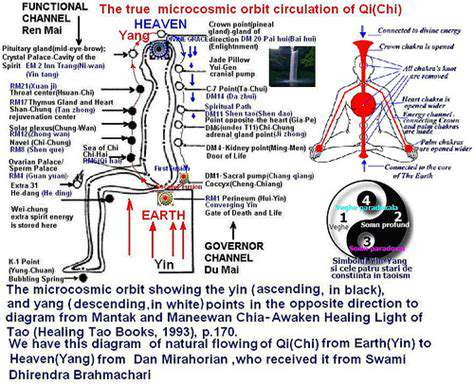
Understanding the Fundamentals of Qi
In traditional Chinese medicine, Qi represents the vital energy or life force that permeates every aspect of our being. This invisible yet powerful energy circulates continuously, sustaining all physiological processes. While modern science may not recognize Qi as a measurable entity, its effects manifest through our vitality and overall health. The study of Qi's movement and transformation forms the bedrock of Eastern medical philosophy.
What makes Qi truly remarkable is its universal presence - not just in humans but throughout nature, connecting all living systems in a dynamic energy network. This perspective challenges Western dualism by viewing health as a fluid balance rather than static conditions. Practitioners observe Qi's manifestations through pulse diagnosis, tongue examination, and subtle energy assessments.
The Channels and Meridians of Qi
The body contains an intricate network of energy highways called meridians, through which Qi travels in rhythmic cycles. These pathways, numbering twelve primary channels with eight extraordinary vessels, create an energetic map linking surface points to internal organs. Modern research using thermal imaging and electrical conductance measurements has shown measurable differences along these classical meridian routes.
Clinical experience demonstrates that meridian pathways function as communication networks, coordinating physiological processes across different body systems. When blockages occur in these conduits, they often precede physical symptoms by weeks or months. Acupuncturists use this knowledge to detect and correct energy imbalances before they manifest as disease.
Each meridian corresponds to specific organ systems and emotional states, creating a comprehensive framework for understanding mind-body connections.
The Impact of Diet and Lifestyle on Qi
Nutritional choices directly influence Qi quality and circulation. Traditional Chinese dietary therapy classifies foods by their energetic properties - warming, cooling, building, or moving. For instance, ginger stimulates Qi movement while lotus root nourishes Yin energy. Modern nutritional science increasingly validates these ancient classifications through phytonutrient research.
Daily rhythms significantly affect Qi dynamics. Research confirms that consistent sleep before midnight enhances liver Qi purification, while morning exercise aligns with the body's natural Yang energy expansion. The modern epidemic of circadian rhythm disruption through artificial lighting and screen time creates profound Qi disturbances that traditional medicine anticipated centuries ago.
External Factors Affecting Qi Circulation
Environmental energetics play a crucial role in Qi balance. Traditional texts describe six climatic influences - wind, cold, heat, dampness, dryness, and summer heat - that can penetrate the body's defenses. Contemporary environmental medicine echoes these concerns regarding electromagnetic fields, air quality, and geopathic stress.
Urban living creates unique Qi challenges, from electromagnetic pollution disrupting meridian signals to architectural designs that block natural energy flows. Practical solutions include grounding techniques, strategic plant placement, and conscious building material choices. These measures help maintain energetic harmony in our constructed environments.
Seasonal transitions represent critical periods for Qi adjustment, requiring modified self-care routines to maintain equilibrium.
Maintaining a Balanced Qi Flow
Qi cultivation practices range from ancient techniques to modern adaptations. Medical Qigong combines movement, breathwork, and intention to clear stagnation and strengthen energy flow. Contemporary research shows these practices can improve heart rate variability, immune function, and cellular energy production.
Simple daily rituals like morning tongue scraping, acupressure point stimulation, and directional breathing can significantly enhance Qi circulation with minimal time investment. These micro-practices create cumulative benefits, much like compound interest for your vital energy reserves.
Integrative medicine now combines Qi-balancing approaches with conventional care, creating synergistic treatment protocols for chronic conditions.
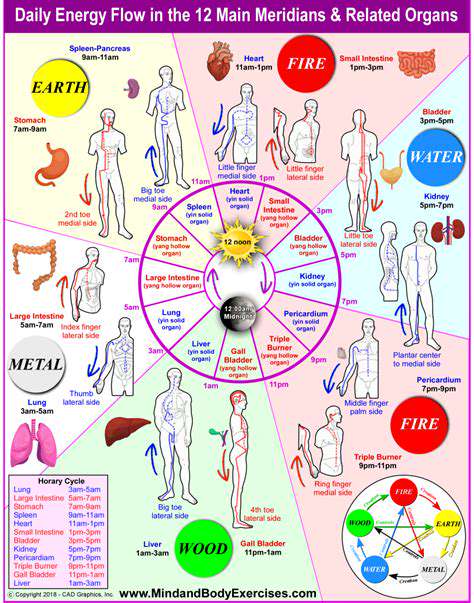
Beyond Diagnosis: Holistic Treatment Approaches
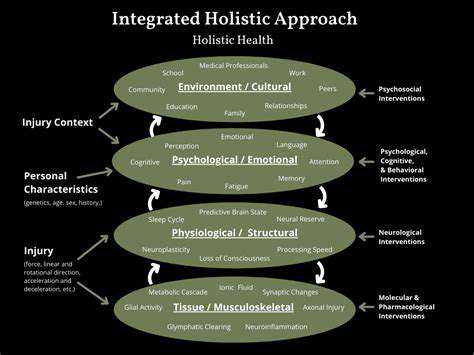
Understanding the Holistic Approach
True healing requires addressing the complete human ecosystem - physical, psychological, social, and spiritual dimensions simultaneously. This systems-oriented perspective recognizes that symptoms often represent the body's attempt to rebalance deeper disturbances. Cutting-edge psychoneuroimmunology research validates this ancient wisdom, demonstrating how mental states directly influence gene expression and immune function.
Holistic practitioners employ pattern recognition rather than isolated symptom chasing. A migraine might stem from liver Qi stagnation, cervical misalignment, emotional repression, or nutritional deficiencies - or more likely, an interactive combination. Treatment therefore becomes a personalized restoration of flow across all levels.
Personalized Treatment Plans
Effective holistic care begins with comprehensive assessment tools that map individual terrain. Advanced practitioners might combine iris analysis, pulse diagnosis, microbiome testing, and emotional freedom techniques to create a complete picture. This multilayered evaluation reveals root causes that standard medical testing often misses, particularly in functional disorders.
Treatment sequencing becomes an art form, addressing the most urgent imbalances first while laying groundwork for deeper healing. A patient with autoimmune issues might begin with gut repair protocols while simultaneously working on trauma release through somatic therapies.
Integrating Mind-Body Practices
Contemporary neuroscience explains how mind-body techniques actually reshape brain architecture and autonomic nervous system function. Practices like Qi Gong meditation have been shown to increase gray matter density in stress-regulation areas while decreasing inflammatory markers. Biofeedback technologies now allow patients to visualize their physiological responses to these ancient practices, creating powerful reinforcement loops.
Innovative clinics combine virtual reality with traditional meditation, using immersive environments to enhance relaxation responses. These technological integrations make ancient wisdom more accessible to digital-native generations.
Addressing the Social and Environmental Factors
The new field of social prescribing acknowledges that many health issues require non-medical solutions. Progressive healthcare systems now include nature prescriptions and community connection programs. Research demonstrates that social isolation damages health equivalent to smoking fifteen cigarettes daily, making relational healing a medical imperative.
Environmental medicine has evolved to address 21st century challenges like blue light exposure, indoor air quality, and electromagnetic hypersensitivity. Holistic practitioners now routinely evaluate home and work environments as part of comprehensive care.

